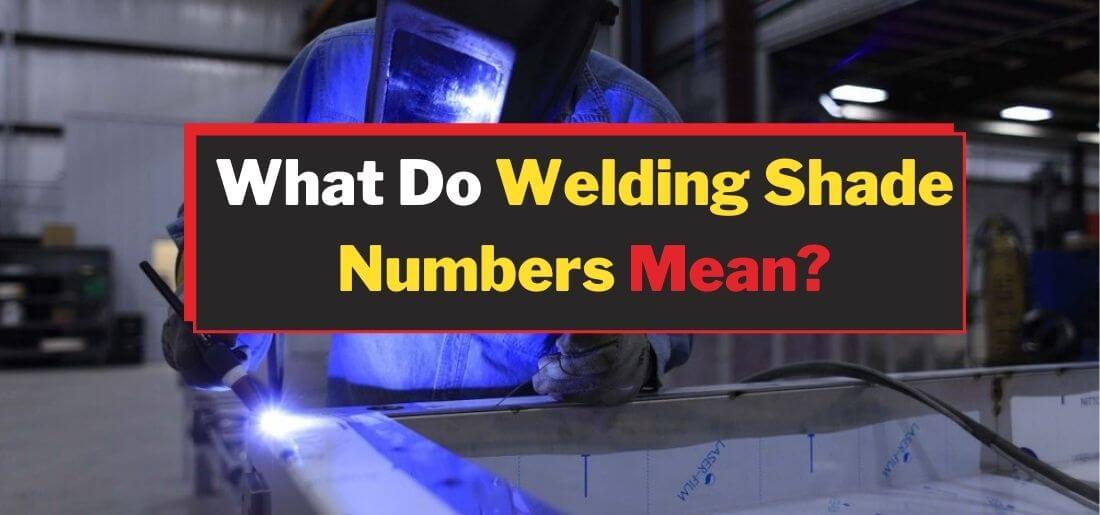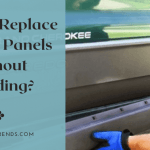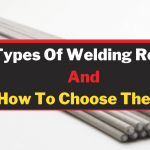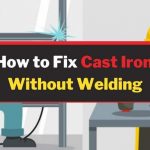Welders require high protection during welding especially protection of eyes & face burn. Moreover, the light or heat produced during the welding process is of very high-intensity, and it proves destructive, especially for the eyes.
Are darker lenses provide more protection than lighter ones? This is probably the most common question that every person has in mind if they are thinking to buy a helmet.
Considering a welder’s working scenario, one must have to protect their eyes by using a reliable helmet. In that case, are choosing a welding helmet shade number correctly provides maximum safety? Maybe, not. Then you have to keep in mind that shade number is about the user’s comfort or convenience. It is not about safety or protection.
Are you surprised? Yeah, it is surprisingly odd. However, here, we will get you through a summary of welding helmets and their shade numbers. Indeed, in the end, you will become aware of why it is so? Right?
So, let’s dive further into the article to find it together!
What Job Do Different Shade Numbers Do?
Generally, many jobs require you to wear goggles or a welding hood to ensure your safety. Moreover, this will provide you with security against the intense light. Additionally, any job that includes high ultra-violet exposure needs you to wear a safety helmet.
In general, there are specific shade numbers that are associated with different types of processes.
For Welding
Indeed, welding is one of the procedures in which we need protection from the light at the extreme level. Moreover, the sparks that emit during the welding process can be harmful to your health and cause damage to your eyes.
Therefore, you have to do some preventive measures before starting your work, like wearing reliable gloves and goggles.
Which Shade Is Suitable For Welding Lenses?
Here, you will find yourself interrogating which shade is suitable or safe for welding lenses? Well, most people think that the more significant the shade number, the more extensive the protection it will provide.
Moreover, the higher the light intensity, the darker the shade you require. In addition to that, all welding lenses contain a filter that can prevent from all types of UV rays.
Generally, the shade number of welding lenses is more about your comfort. Now, you have to understand that it is not entirely about your protection. In this scenario, you may question that if the shade number of welding lenses is not about safety, what does it mean to have a variety of shade numbers?
The combination of shade numbers allows you to pick up one that provides you with the maximum convenience without blocking the light.
Most of the professionals recommend a welding lens of 9 to 13 number for safe welding. However, in my opinion, this really comes down to one’s own choice and situation.
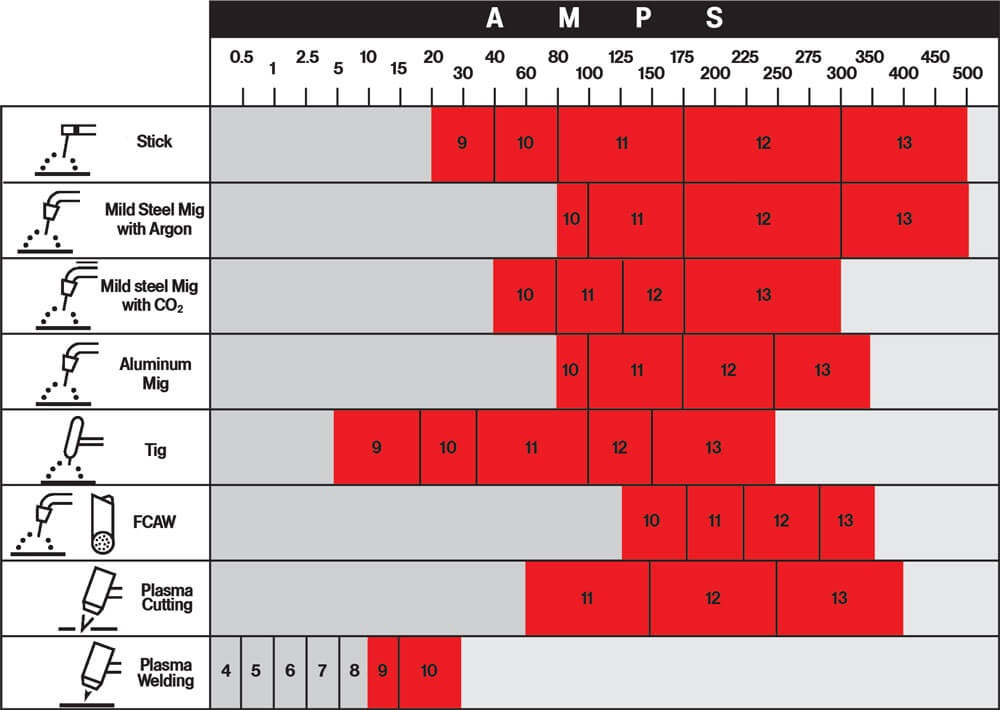
How Dark Should A Welding Helmet Be?
A darker shade of welding helmet is generally best for those with a very bright arc. This is for the convenience to block much brighter lights. However, one should also look into the visibility it provides. Moreover, it is recommended to find a perfect balance between protection and visibility. You may know that both are critical factors in this regard which we can’t neglect.
While choosing a shade number of welding helmet, you should consider different factors that are crucial in it. Like, the type of welding you are doing and whether you will be switching your place during welding or not.
Passive Or Active?
Welding lenses are available in two types, active or passive. Passive lenses have been used in the market for decades. In addition to that, if we talk about the advantages and disadvantages of passive lenses, then we can find tons of them.
Advantages Of Passive Lenses
If we talk about their advantages, it allows the user to switch between the darker and lighter shade. Other than that, passive lenses are less costly than others available in the market. Moreover, they don’t need a battery for their operation.
Disadvantages Of Passive Lenses
Now, concerning their disadvantages, there are multiple of them too. Using a passive lens may put you into the condition of neck pain, or even you might face an injury. Additionally, if you use passive lenses, you have to occasionally use various lenses to switch between them.
Auto-Darkening Helmet: Offers Safe Shade for Welding
At this point, you might think that what was the need for auto-darkening lenses in the presence of passive lenses? As passive lenses were cheaper too. Well, using the passive lenses needed the user to switch between the lenses continuously. Moreover, replacing the lenses was a bit time-consuming work.
That’s why people don’t prefer to pass on switching lenses due to time consumption. Hence, they continue working with inappropriate lenses. At the same time, this had eventually led them to eye damage. Therefore, to vanish all this inconvenience, an auto-darkening helmet was introduced.
Certainly, it is considered the updated and refined version of welding lenses due to the ease provided to the one wearing it during the working process.
Bright Side Of Auto-Darkening Lenses
Thanks to the lucrative ease that an auto-darkening helmet provides to set the shade you need. Due to this, it saves time by preventing the useless consumption of your precious time. Some auto-darkening helmets also have memory. Furthermore, its memory indicates that you can store and pre-set various shades on your helmet for different welding jobs.
Moreover, you can also customise the way your helmet should react in different circumstances or situations. Surely, we can say that it provides more ease at the cost of less fatigue.
Down Side Of Auto-Darkening Lenses
Every lens has its own distinctive benefits and drawbacks. So, auto-darkening lenses also have a down-side. As a matter of fact, we cannot expect anything to be perfect as nothing is perfect. If we talk about the downside, it is a little more expensive than the passive one.
However, the features and convenience it provides are totally worth its cost. Moreover, we have seen that passive lenses do not need a battery for their regulation. In contrast, auto-darkening lenses need a battery for their proper regulation. Additionally, they are a little weightier.
So, this can be taken as their downside. Furthermore, if its electronics fail, then the auto-darkening helmet is of no use. Therefore, you have to ensure extra care while handling these lenses.
Related Article: How Long Does Welders Flash Last?
How Can You Choose An Auto-Darkening Welding Helmet?
Are Auto-Darkening welding helmets are safe? Yes indeed, an auto-darkening helmet has much more features. However, it does not necessarily mean that all the auto-darkening helmets are built equally. So, their shape, size and features vary as well.
Ultimately, this makes it trickier rather than accessible for us while choosing a helmet as you have to pick up a helmet more significantly. You can select an auto-darkening welding helmet by considering the below-mentioned factors:
I) Light Sensitivity
You have to be aware of the primary light sensitivity settings. As these will determine how much light auto-darkening filter will activate. Just knowing the basic settings serves enough. In contrast, knowing everything about light sensitivity settings is vital to ensure complete protection.
iI) Area View
Different helmets provide different viewing areas due to the presence of multiple viewing panels in the market. It depends on the personal decision, but it is essential to consider while choosing a welding helmet.
III) Power Source
As we have mentioned before, the auto-darkening helmet requires a battery for its regulation. Therefore, some helmets are either battery-powered or solar-powered. Moreover, batteries are maybe replaceable or non-replaceable.
IV) Variable Or Fixed Shade
Some auto-darkening helmets only darken to one shade, and that one shade is fixed. Therefore, it sounds pretty similar to the passive lenses helmet. These are mainly called fixed shade helmet. Moreover, the variable shade helmet allows switching between a wide range of shades.
Keeping all these reasons in view, one can state that obviously, a variable shade helmet is more convenient than a fixed shade one.
V) Weight
Auto-darkening helmets are a little weightier as compared to passive lenses helmets. So, you can search for a lightweight one to ensure that your neck will not ache at the end of a long working day.
Shortly, these were all those factors that you need to consider while buying an auto-darkening helmet.
Conclusion
About welding lenses shade, you have to clear one thing that lenses are not primarily about protection. Instead, it is a matter of quality as lenses will directly affect the quality of the work you do by the comfort it delivers.
While choosing a lens shade, make sure that you can easily see through the lens as it helps you during your work. On the other hand, make sure to check the brightness that can go through your helmet lenses should be moderate as well. So, choose wisely.
All this information provided above can protect you only if you keep your eyes covered with a reliable helmet.
Furthermore, it is recommended that you should never try to look out for an energy source without a shade filter because direct contact of high-intensity heat or light can prove intensely hazardous for your eyes. So, keep your eyes covered, and you will surely be safe and sound at your workshop. We hope you find this article informative and helpful for you.
